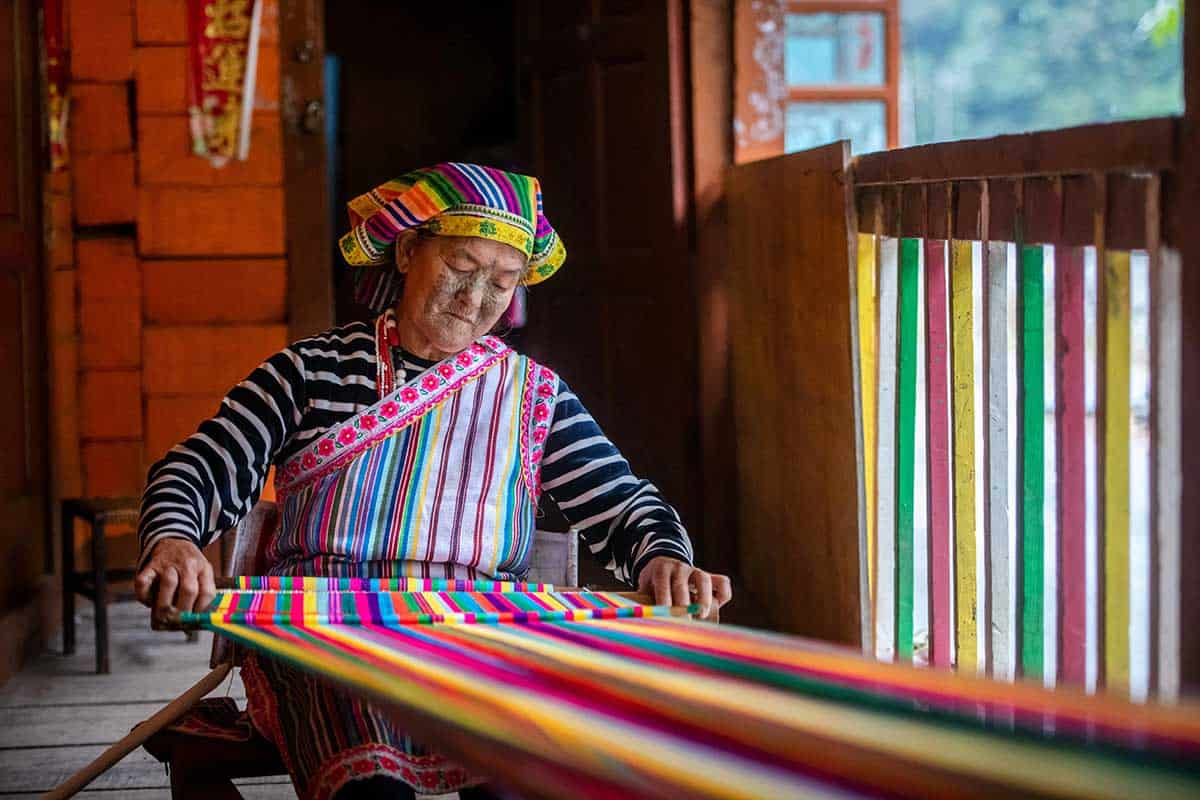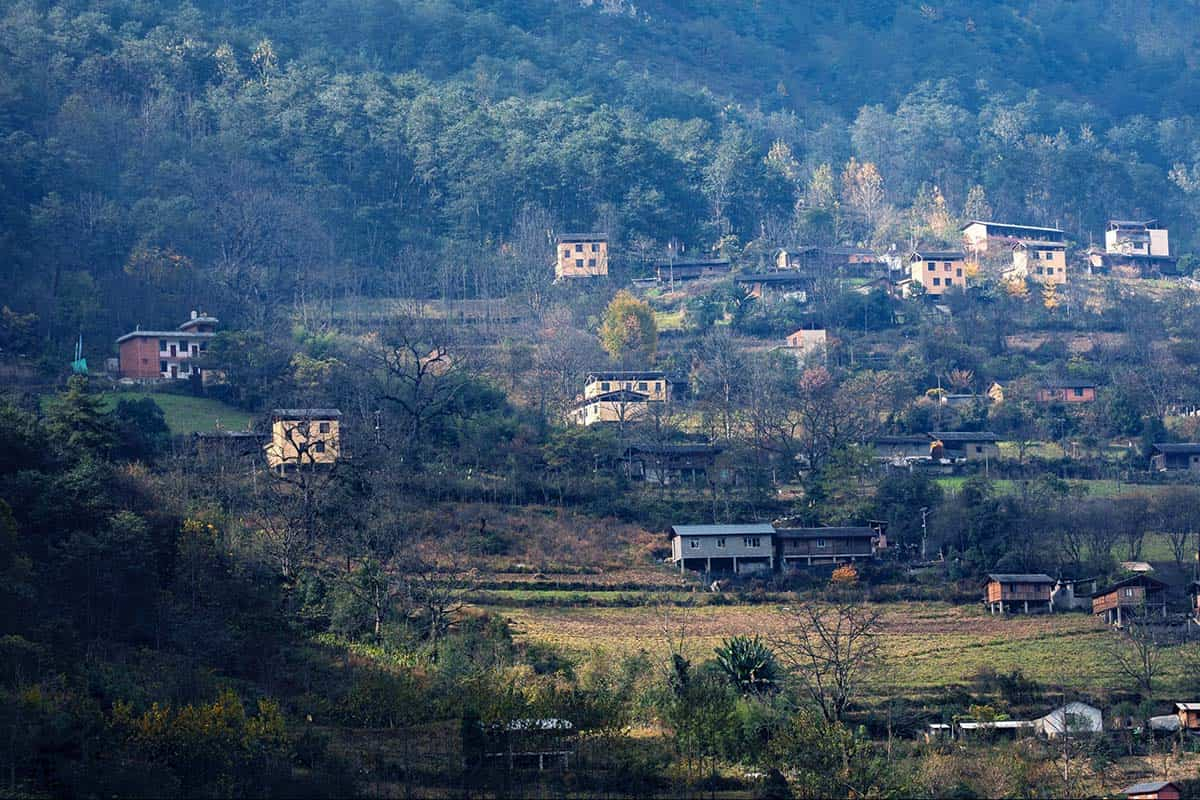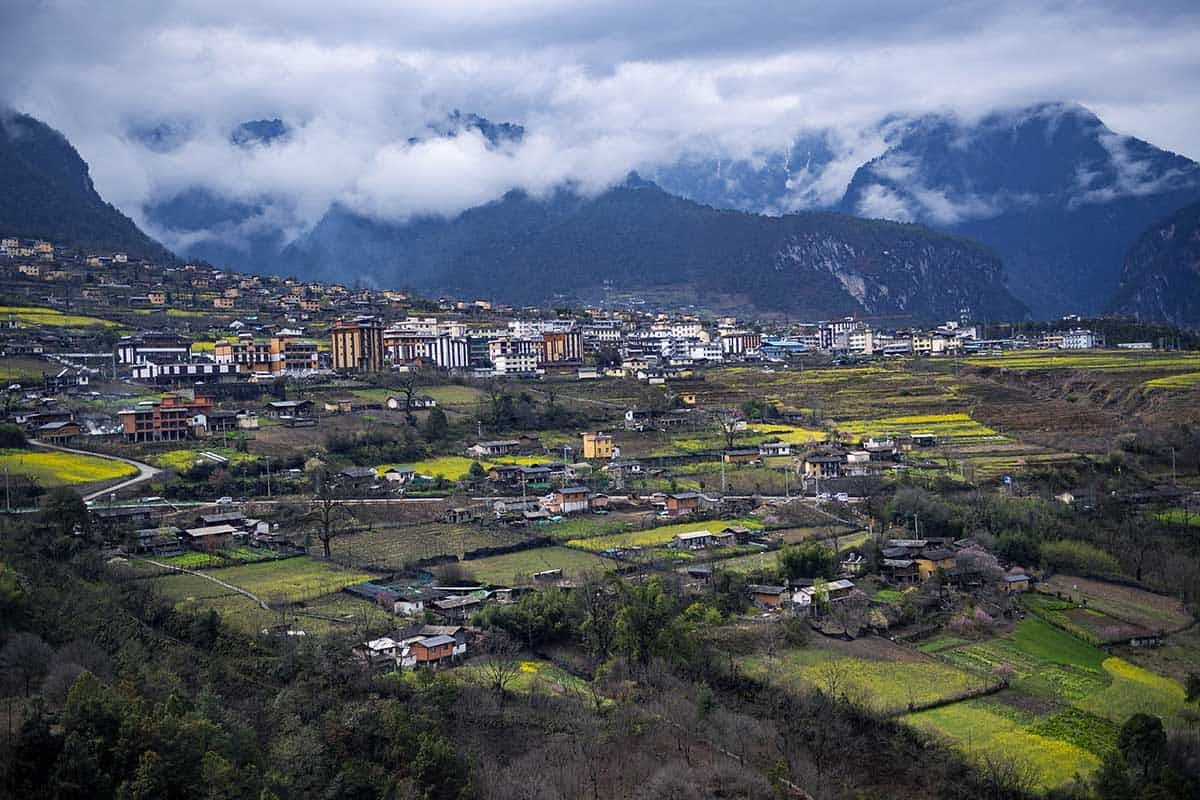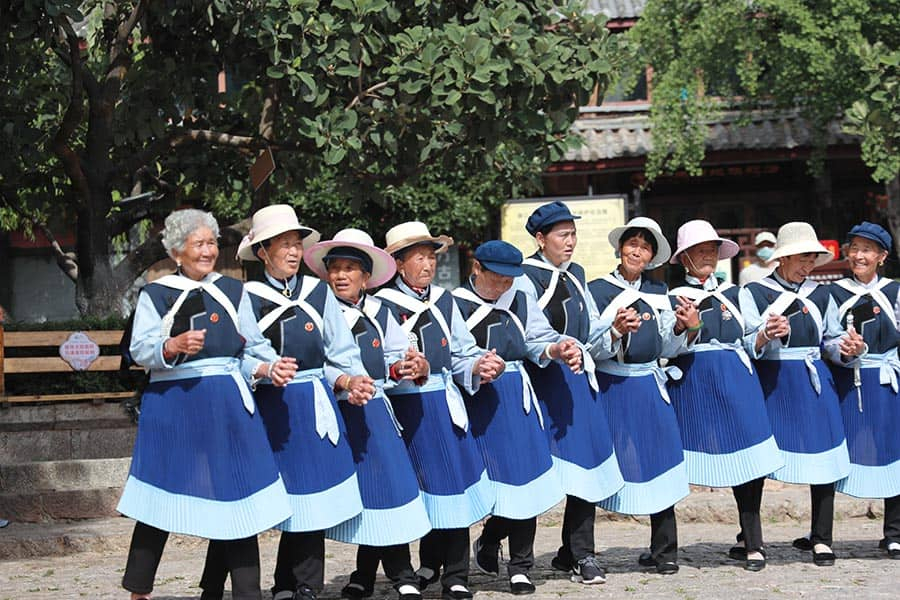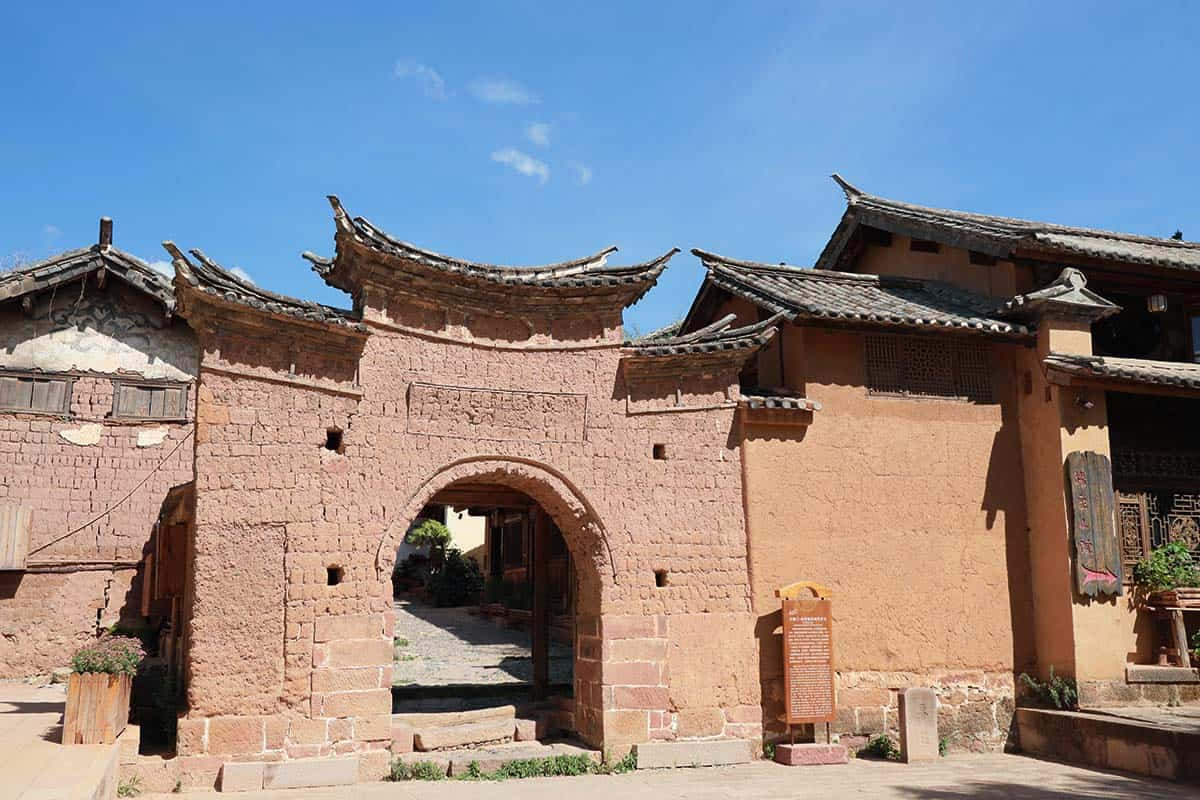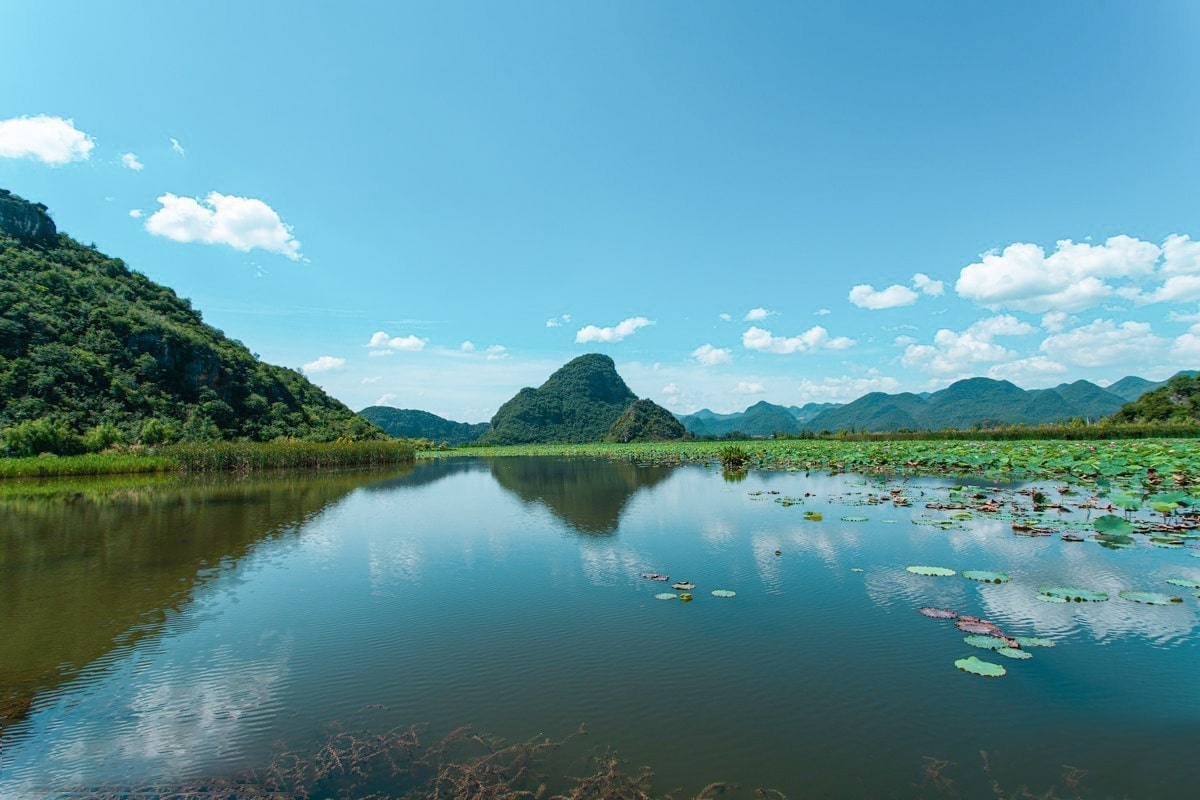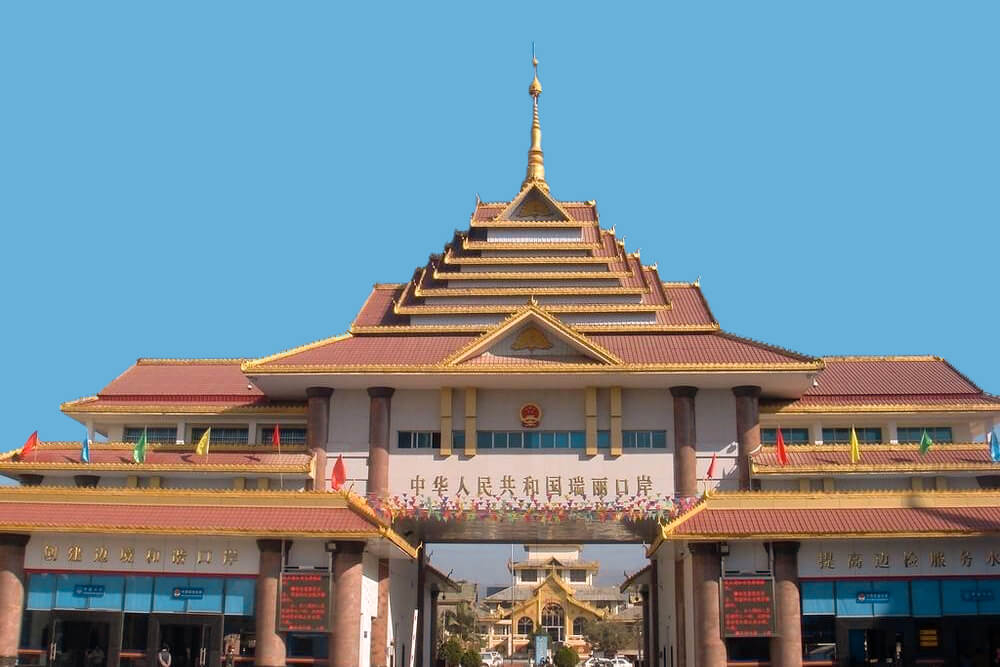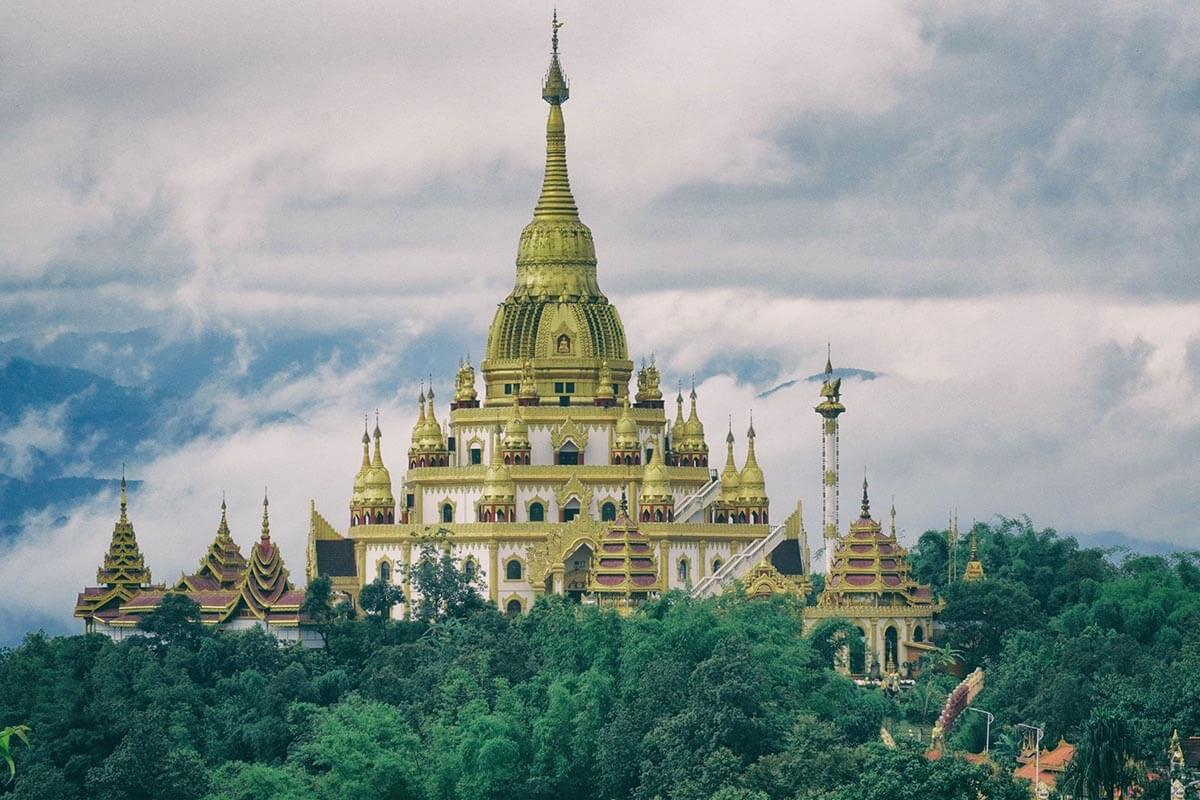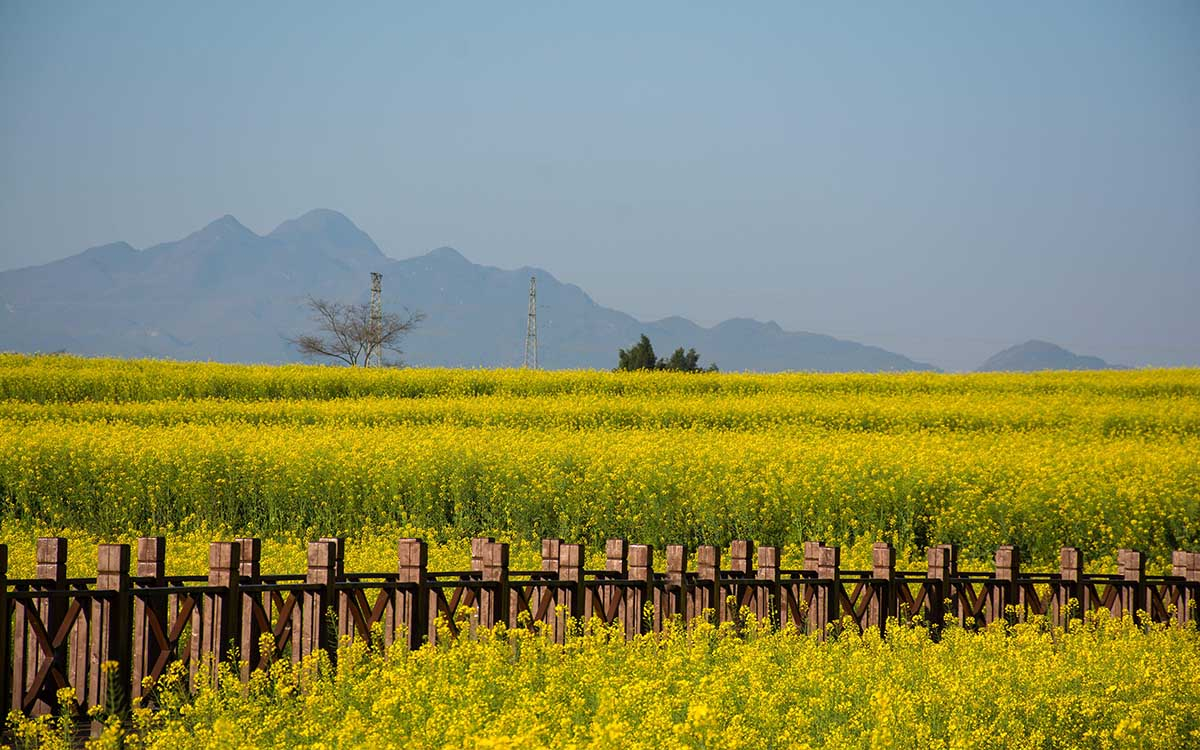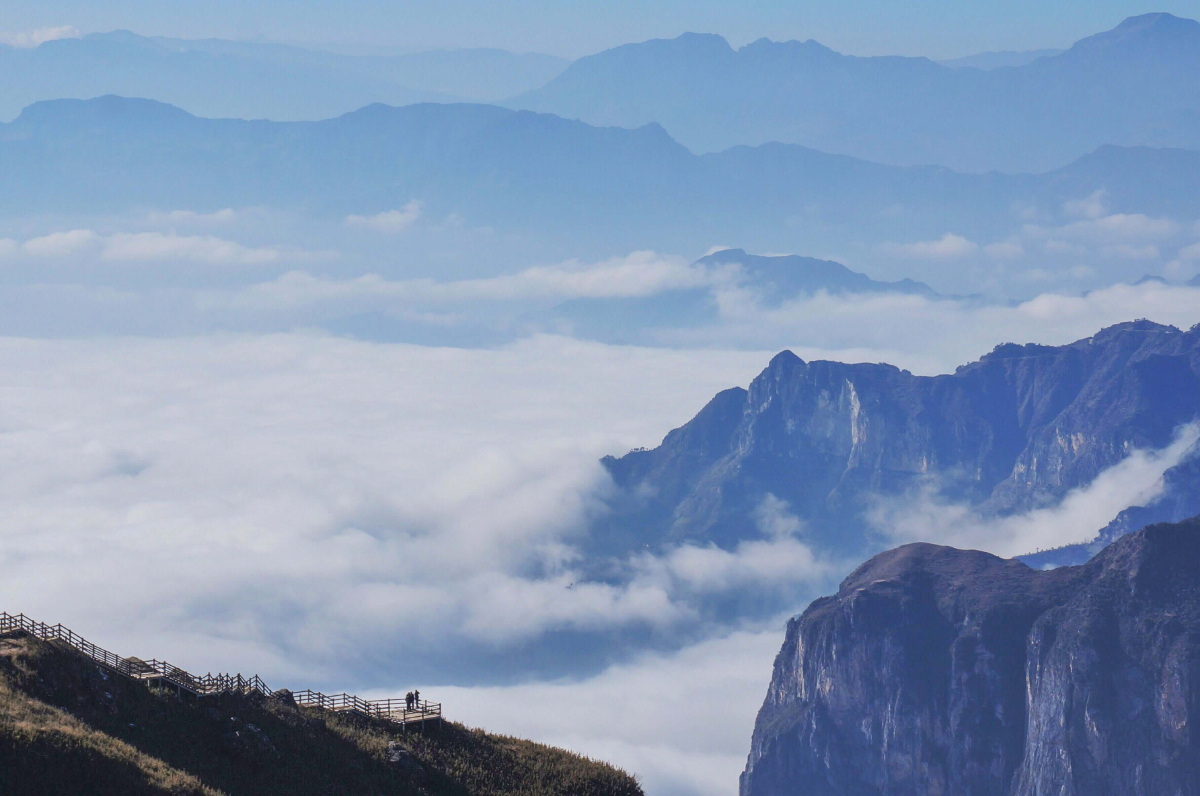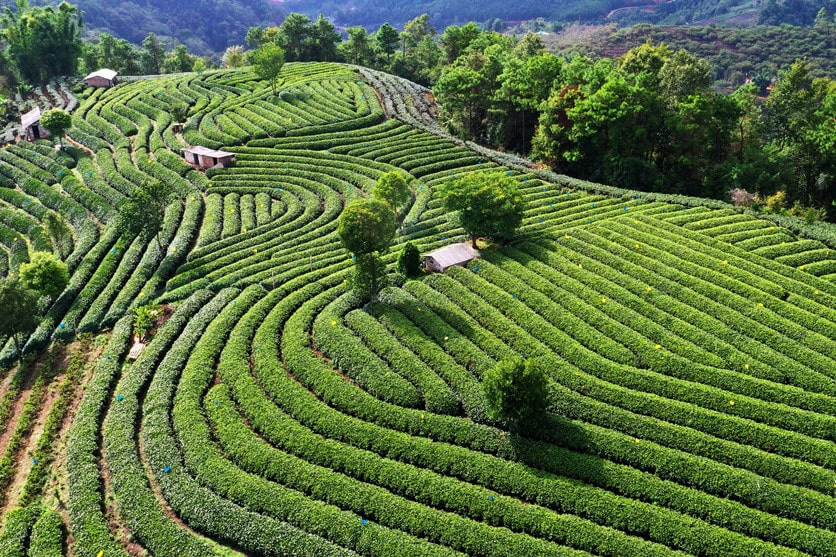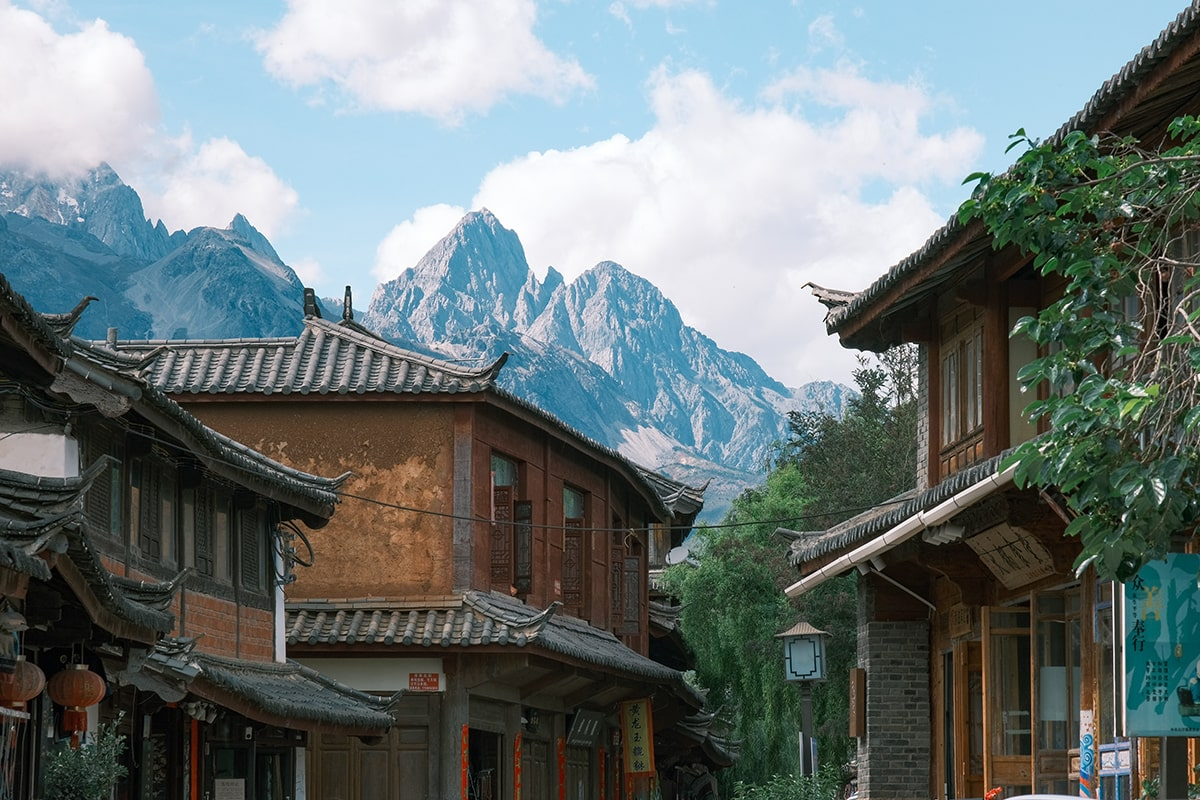Yunnan Dali Travel Guide
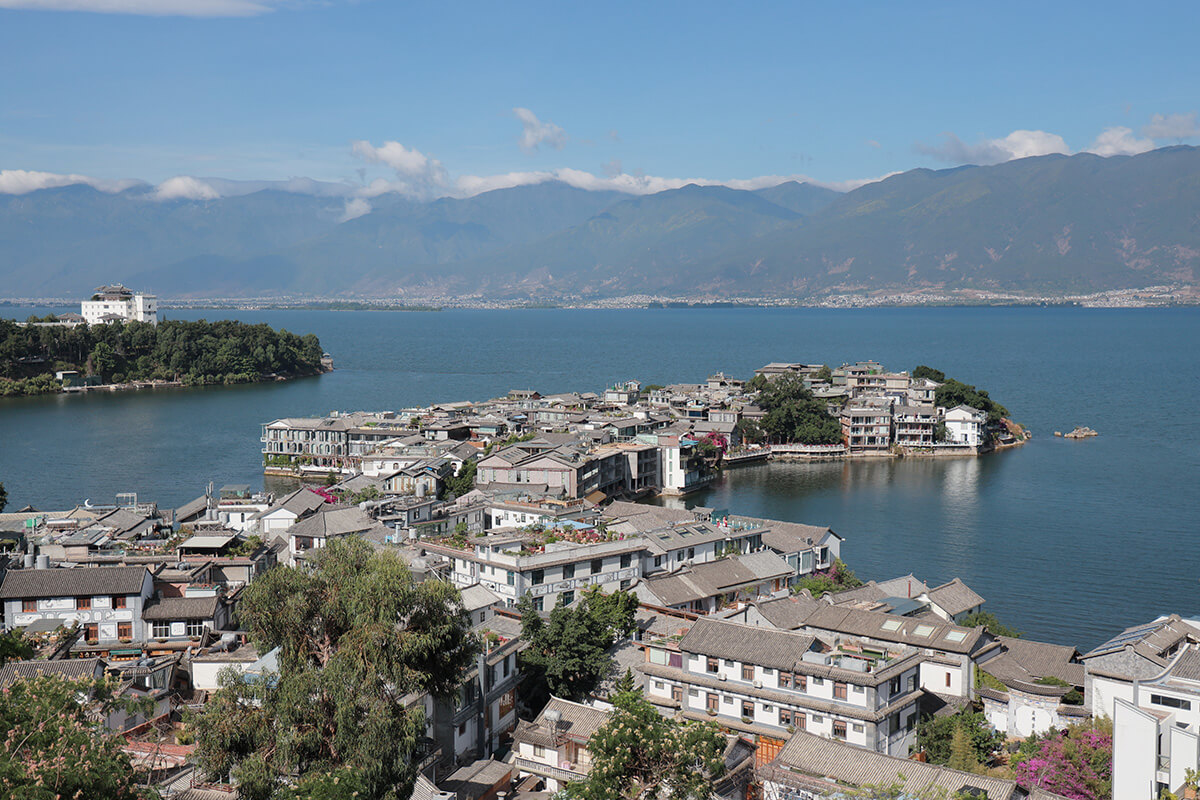
Dali is a autonomous prefecture in northwest Yunnan Province. It is about 400km away from provincial capital Kunming. Dali neighbors Chuxiong in the east, Puer, Lincang in the south, Baoshan, Nujiang in the west, and Lijiang in the north. Dali city is the capital town of Dali Bai autonomous prefecture. It is consist of Dali city and 8 counties (Xiangyun, Midu, Binchuan, Yongping, Yunlong, Eryuan, Heqing, Jianchuan) 3 autonomous towns (Yangbi, Weishan and Nanjian). This prefecture is home to 3.6 million people.
The dominant race are Bai people. Dali is a region with long history. It has one of the earliest settlement and oldest civilization in Yunnan province. Early documentation of Dali as a developed region dates back to 4th century when Bai tribes thrived on this fertile land. During the Tang and Song Dynasties, it was the capital of Nanzhao and Dali Kingdoms, the political, economic and cultural centre of Yunnan, an important gateway of cultural exchange and trading with southeastern Asian countries, and an important pass of the ancient "Silk Route of the South" . It has long enjoyed the reputation of "a land of letters". Dali is famous among tourists for its picturesque scenery and dazzling ethnic cultures.
● Top things to do in Dali
Experience the unique culture of Bai
Bai is a group of ethnic group mostly found in Yunnan, Guizhou and Hunan provinces. Yunnan has the largest concentrations of Bai people in China. There are currently 2 million people as recognized as ethnic Bai. They are polytheistic. They practice a belief system named Benzhu (or wu zeng). It means “my master” in Bai language. Benzhu are viewed as the protecting gods of Bai communities. They come in different images. Any things Bai communities deemed as spiritual or holy, could be their Benzhu for the village. They could be a person, a wild animal, or even plants, rocks, hills. Bai people even introduced figures from other religions, ethnics, such as Hans and Tibetans, into their belief system. Their tolerance goes beyond faith. Bai uses their own language, but many linguistics find that it has close links ties with mandarin Chinese spoken by Han Chinese. They even adopted Chinese characters in their writing system in old days. Currently, Bai people uses a alphabetic writing system invented specifically for Bai ethnic.
As early as 4,000 years ago, the ancestors of the Bai people settled in the Dali area. In the Second Century AD, it was brought into the territory of the central government of Han Dynasty (206 BC-220AD). Two states, the Nanzhao State (738-937) in Tang Dynasty (618-907), and the Dali State (937-1253) in Song Dynasty (960-1279), with dominantly Bai people and Bai cultures were established.
● Three Pagodas located in Chongsheng Temple,is a symbol of the history of Dali City, and a record of the development of Buddhism in the area. As its name implies, Three Pagodas are made of three ancient independent pagodas forming a symmetrical triangle. This is unique in China.
● Xizhou Village is an ancient town with 1000-year history in Dali, featured with numerous Bai residence architectures, famous local dishes - Xizhou Baba, and Bai ethnic customs and activities like Morning market, Three-Course Tea and Tie-dyeing.
● Located roughly halfway between Lijiang and Dali, Shaxi Ancient Town (Jianchuan) once was a bustling trade point on the Tea Horse Caravan Road. Its Market Square was added to the World Monuments Watch List of 100 Most Endangered Sites in 2001.
● Three Pagodas are the symbol of Dali located at the foot of Cangshan Mountain. It was first built in the time of Nanzhao Kingdom and Dali Kingdom in 9th and 10th century.
● The Cang Mountains (Cangshan) are a mountain range west of Dali City. Their snow-capped peaks, flowing clouds, murmuring brooks, diverse flora, and historical temples make them one of the most famous attractions in Dali.
● Erhai Lake is one of the most beautiful lakes in China, and it is the second largest freshwater lake in Yunnan Province. This plateau lake is like a deep blue gem set in the green land. Taking a boat and cycling around the lake are fantastic ways to explore "Silver Cangshan Mountain and Jade Erhai Lake" scenery.
● Dali Food&Drinks
Xi zhou ba ba (xizhou crispy pie) is a pastry made of fine dough and baked to its crispiness. It can be made with salty or meaty flavors.
Ru shan is a diary product made with local milk in Dali. The world ru shan is transliteration of yenx seinp of Bai language. Yenx seinp is a cheese liked diary product. It was often cut into thin lines and twined, often on bamboo sticks, before dried by air. In Bai language, yenx seinp means “edible thin line”.
● Dali Transportation
Dali is an important city in Yunnan province and is a regional transportation hub.
Dali Huangcaiba Airport (DLU) is a regional airport operating air routes connecting 25 domestic destinations in China. It sits on a flat ground 2000 meters above sea level. It is about 13km away from downtown Dali. Major airliners in China, such as Air China, China Southern and China Eastern operate at DLU, together with some small scaled regional players like Tibetan Airlines and Huaxia Airliners.
Dali is also connected with cities in Yunnan by railways. Dali-Chuxiong, Dali-Lincang and Dali-Lijiang railways pass through Dali Railway Station.
Sophisticated road networks crisscross Dali prefecture. Driving from provincial capital Kunming to Dali takes about 4 hours. Expressways connect Dali to Lijiang and Dali to Panzhihua (a city in Sichuan province) are under construction. Once completed, access to Dali would be much easier for travelers from Sichuan province and north of Yunnan.
● Dali Weather
Climate pattern in Dali prefecture varies with locality. There could be drastic weather differences between low land valleys and high rising mountain regions. The city of Dali is in general a mild monsoon climate with annually average temperature of 14 degrees. Notably, Dali is referred to as feng cheng (wind city) for its plentiful windy days in a year.
- HOTEST
- RECOMMEND
